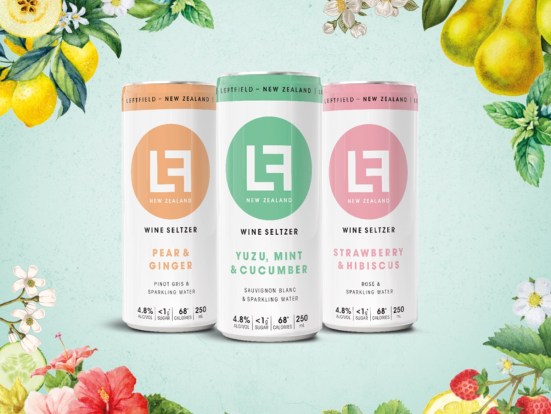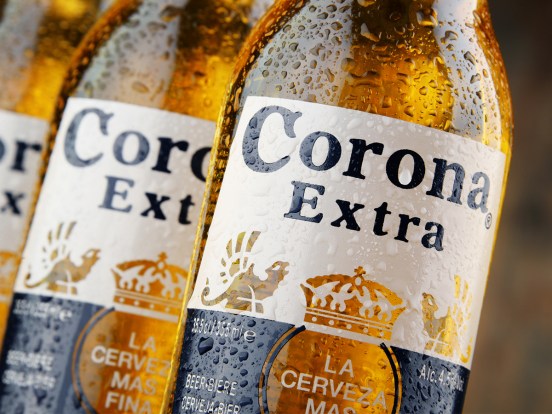![Rippon Vineyard at harvest time with anti-bird netting covering the vines. View across Lake Wanaka to the Buchanan Mountains, New Zealand. [Central Otago]](/wp-content/uploads/2015/06/rsz_central_otago-300x126-1.jpg)
Rippon Vineyard at harvest time with anti-bird netting covering the vines. View across Lake Wanaka to the Buchanan Mountains, New Zealand. [Central Otago]
Results from a survey of wine tourists in Central Otago are being described as “invaluable” by leading winegrowers in the region.
Lincoln University has just released the results of a survey carried out last summer at 17 of Central Otago’s top cellar doors. The results provide positive insights into the characteristics, habits and perceptions of wine tourists in the region, enabling the industry to better target this key market.
Central Otago Winegrowers’ Association President James Dicey said the data was invaluable.
“Tourism is the next frontier for Central Otago’s wine industry,” said Mr Dicey. “Huge investment in Queenstown airport and predicted significant increases in visitor numbers provides the industry with a massive opportunity.
“Knowing and understanding what wine tourists want and like is a key first step. This research is hugely beneficial for providing information to that end.”
A total of 178 respondents were interviewed, exploring the characteristics of Central Otago wine tourists, their activity and expenditure in the area as well as their perceptions of the region and their winery visit experiences.
Two-thirds of the respondents were from overseas, with most from Australia, USA and the UK. Though the 55-64 age group was identified as the biggest spenders per person, the largest visitor bracket was well-educated 18-35 year olds.
The research suggests that the wine industry is playing a key role in the region’s tourism with most visitors staying in accommodation in nearby Queenstown or Arrowtown. The most popular activities in addition to visiting wineries were restaurant dining, visiting the pub and bushwalking.
The average overall spend per person was $443, with many buying Central Otago wines to take home. Spending also appeared to be spread across a number of different areas, with wine tourists predominantly visiting Gibbston, Wanaka and Cromwell during their stay.
The results suggest that Central Otago’s reputation as a great wine lover’s destination is growing – seventy-five percent had chosen to visit before leaving home, but only a quarter of international visitors had visited before.
As part of the study respondents were also asked what they thought of the region’s ‘image’ as a destination. While stunning natural features came top of the list of attributes, wineries and vineyards came in at second.
Mr Dicey said the survey gave a good indication of what wine tourists looked for in a destination.
“The information will be used to help develop a wine tourism strategy for the Central Otago wine industry,” he said, “there are many great aspects of Central Otago and the wine produced here, but a better understanding of why people visit us is key to building on our strengths as a top wine destination.”



